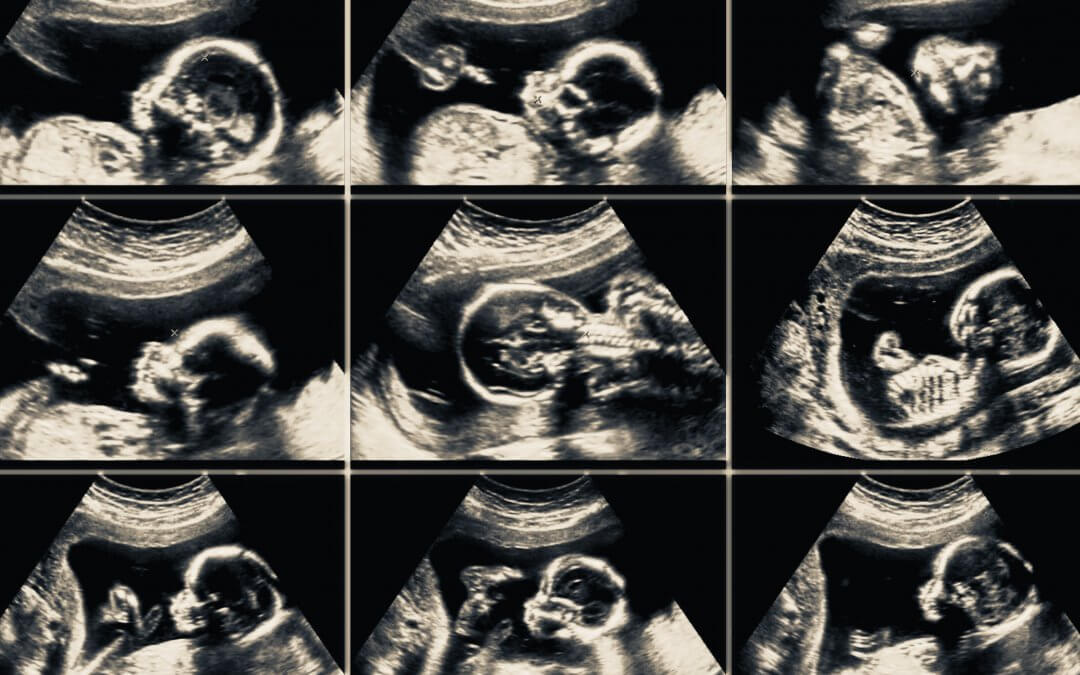Placenta banking is the process of collecting the powerful cells from the placenta after birth and storing them for your baby should they need to use them in future.
Although the placenta is usually thrown away as medical waste after the birth, there are a huge array of benefits to banking your placenta.
What is the placenta?
The placenta is an organ that grows during pregnancy and attaches itself to the wall of the uterus. It passes nutrients to the baby and also removes waste products from the baby’s blood. The placenta is the organ from which the umbilical cord arises.
After the baby is born the placenta is delivered in what’s called the third stage of labour. This normally happens within 5-30 minutes, although this can vary. During a Caesarean section the placenta is removed by the doctor as part of the process. [1]
How does the process work?
Like banking cord blood and cord tissue, banking placenta is a quick, easy and non-invasive process. Following the birth, cells from either the amniotic membrane, (the inner layer of the placenta) the chorionic villi (the outer layer of the placenta) or both are collected by your licensed medical specialist or phlebotomist.
They are added to the Collection Kit along with any other cells you have chosen to store (like the stem cells from cord blood or cord tissue) and are then transported by medical courier to the storage facility where they are placed into cryogenic storage until the moment your baby needs them.
What are the benefits of placenta banking?
Banking your placenta along with banking cord blood means storing more cell types, which maximises the number of treatments your baby will be able to access in future.
You can choose to store the cells from both the amnion, also known as the amniotic membrane, and the chorionic villi.
The amniotic membrane contains a combination of growth factors and anti-inflammatory proteins, which can help cells communicate when the body is damaged or diseased.
Cells from the amnion have been used to treat burns, wounds and ulcers since the early 1900s. Their anti-inflammatory properties means that they currently have a range of applications for topical and ophthalmological treatments. [2] [3]
Today, they are being used in clinical trials to develop regenerative therapies for conditions ranging from type 2 diabetes [4] to lung and liver fibrosis [5] [6], with research indicating that their potential uses will only increase.
You can also choose to store placental cells. These are the cells from the chorionic villi, small tree-like structures that extend outward from the chorion, the outer layer of the placenta.
Researchers are currently exploring the huge potential for using cells from the chorionic villi in treatments for Crohn’s disease [7], osteoarthritis [8], stroke [9] and many more.
By banking cells from both the amnion and the chorionic villi, you’ll be giving your baby the chance to access more cell types that they’ll be able to use in future, life-changing therapies.
We Are the Only UK Placenta Storage Bank
Cells4Life is the only placenta storage bank in the UK, giving you the opportunity to store amnion and/or placental cells in a process that is simple, easy and non-invasive.
Find out more about banking your baby’s stem cells by downloading our Welcome Pack below or getting in touch with us on 01444 873950.
References
FIND OUT MORE, REQUEST YOUR WELCOME PACK TODAY
All you need to know to make an informed decision.
Provide your contact details to request:
– Complete Welcome Pack and Parent’s Guide
– Information via email
– Contact from our specialist advisors









